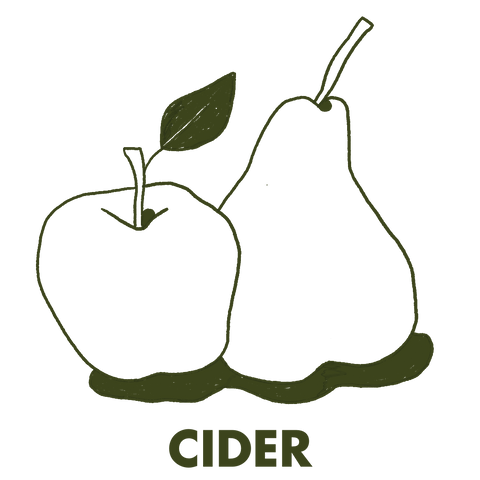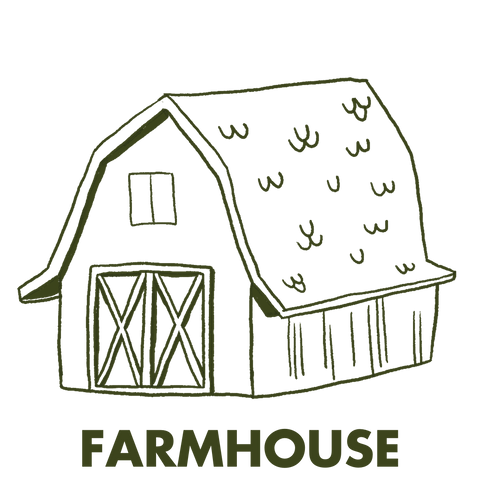
Two Metre Tall Raspberry Wild Cider







REGION: Derwent Valley, TAS
SIZE: 750ml / ABV: 6.6%
The question for TwoMetreTall, at least, is not “can we make a beverage using raspberries?”, it’s more “can we use raspberries in a beverage which offers more than just raspberry character?” And raspberries are SO Derwent Valley, Tasmania. Our home! The brief therefore was demanding. We sought a very “Christmassy”/summer beverage; a drink commanding to be served with slices of ham and mild soft-rind cheeses. Sparkling, but not “fizzy”, aromatic without suggesting a sugar-ladened syrup, acidic – because this is what marries the drink to the food - and dry, oh-so-bone-dry … and moreish! And we’re thrilled!
The key to this result is wild fermentation. For those of you reading this who know our work across nearly two decades, you realise that when we talk wild fermentation, we mean what we say; unadulterated, addition-free, completely spontaneous, un-cultured, completely natural microflora fermentations. As unpredictable as they are complex, the direction these fermentations take is ultimately a balance between the production of lactic and acetic acid from one of the most dominant teams of players in this impossibly complex and complicated living system; the family of lactic-acid bacteria.
2019 raspberries courtesy of near neighbours, The Westerway Raspberry Farm, & our single variety (Sturmer Pippin), wild fermented & barrel-aged 2018 apple cider were blended into oak hogsheads in May 2020, then given a further two-winters-and-a-summer for these two ingredients – the ONLY two ingredients it must be said – to become one. We prefer Autumn raspberries for this task. Not nearly as colourful as the earlier summer varieties Australians habitually & justifiably voraciously tuck into around Christmas time, we find the more subtle perfume and more acidic body of flavour of these later season berries more apt for our desires to accommodate complexity of aroma, flavour and – most important of all – palate texture from tertiary elements engendered by both the oxidative processes from extended time in neutral old oak barrels and the production of literally innumerable organic molecules resulting from the complete “living system” fermentation touched on briefly above.
